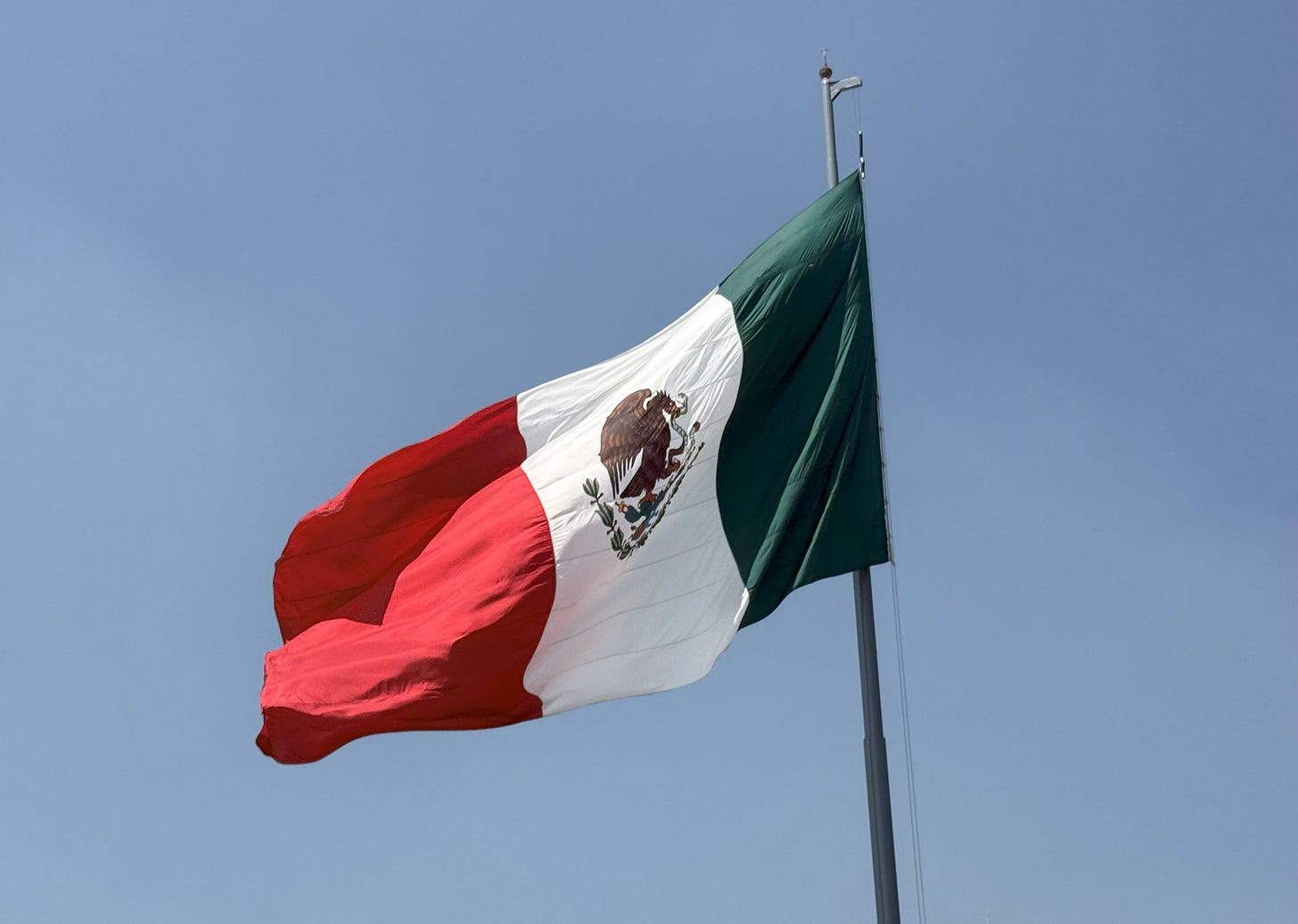📅Mexico City: 6 reasons to spend your next vacation here💜
Here's why we think the largest city in North America should get a spot on your travel bucket list
Back in 2021 when Paul suggested that we visit Mexico City, all I could think of were the stereotypes—drugs, narcos, kidnappings, and murders. As it turns out, the way Mexico City is portrayed in US media isn’t exactly accurate. It’s a huge city known for its culture, food, history, people, charm, and more. We think it can even hold its own against some…
Keep reading with a 7-day free trial
Subscribe to 💜 Eternal Spring to keep reading this post and get 7 days of free access to the full post archives.




